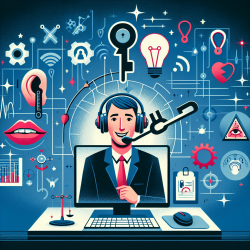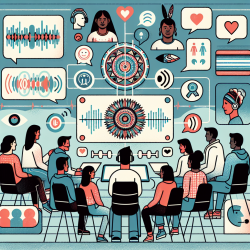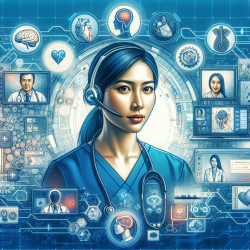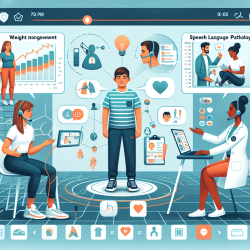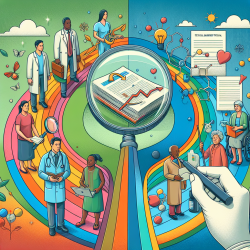The realm of telepractice in audiology is rapidly evolving, offering a plethora of opportunities for practitioners to enhance their skills and provide better outcomes for their clients. A pivotal resource in this field is the book "Telepractice in Audiology," authored by Emma Rushbrooke and K. Todd Houston, with contributions from several experts. This book, reviewed by Dr. Barbara A. Vento in the International Journal of Telerehabilitation, serves as a comprehensive guide for audiologists looking to incorporate telepractice into their services.
Dr. Vento's review underscores the book's utility for both novices and seasoned professionals in tele-audiology. The text is meticulously organized, covering a wide range of topics from the history and models of service delivery to future directions in telepractice. Here are some key takeaways from the book that can help practitioners improve their tele-audiology skills:
1. Understanding Service Delivery Models
Chapters 1-3 delve into the history and various models of service delivery in tele-audiology. These chapters provide a foundational understanding of how telepractice has evolved and the different approaches that can be adopted. Practitioners can benefit from evaluating these models to determine which one best suits their practice and client needs.
2. Technological Requirements and Implementation
One of the most critical aspects of telepractice is the technological infrastructure required to deliver services effectively. The book offers detailed guidance on the necessary equipment, software, and internet connectivity. It also addresses common challenges and solutions, helping practitioners to set up a robust telepractice program.
3. Diagnostic and Rehabilitation Procedures
Chapters 4-8 focus on specific telepractice models for audiology diagnostics and rehabilitation. These chapters cover a range of procedures, including:
- Newborn hearing screenings
- General diagnostic procedures
- Remote programming of cochlear implants
- Remote hearing aid fitting and follow-up care
- Telerehabilitation
By implementing these procedures, practitioners can expand their service offerings and reach clients who may not have access to in-person care.
4. Regulatory Issues and Policy
Understanding the regulatory landscape is crucial for any telepractice. The book provides an overview of the current regulations and policies that govern tele-audiology. This information is essential for ensuring compliance and navigating the complexities of telepractice.
5. Future Directions and Research
Chapters 9-11 highlight the future directions for telepractice and the need for ongoing research. The authors emphasize the importance of evidence-based practice and encourage practitioners to contribute to the growing body of research in tele-audiology. By staying informed about the latest developments and participating in research, practitioners can continue to improve their services and outcomes for clients.
In conclusion, "Telepractice in Audiology" is an invaluable resource for audiologists at all stages of their careers. It provides practical, evidence-based information that can help practitioners develop and implement successful telepractice programs. Whether you are a student, a novice tele-audiologist, or an experienced practitioner, this book offers insights that can enhance your practice and improve client outcomes.
To read the original research paper, please follow this link: Book Review: Telepractice in Audiology
